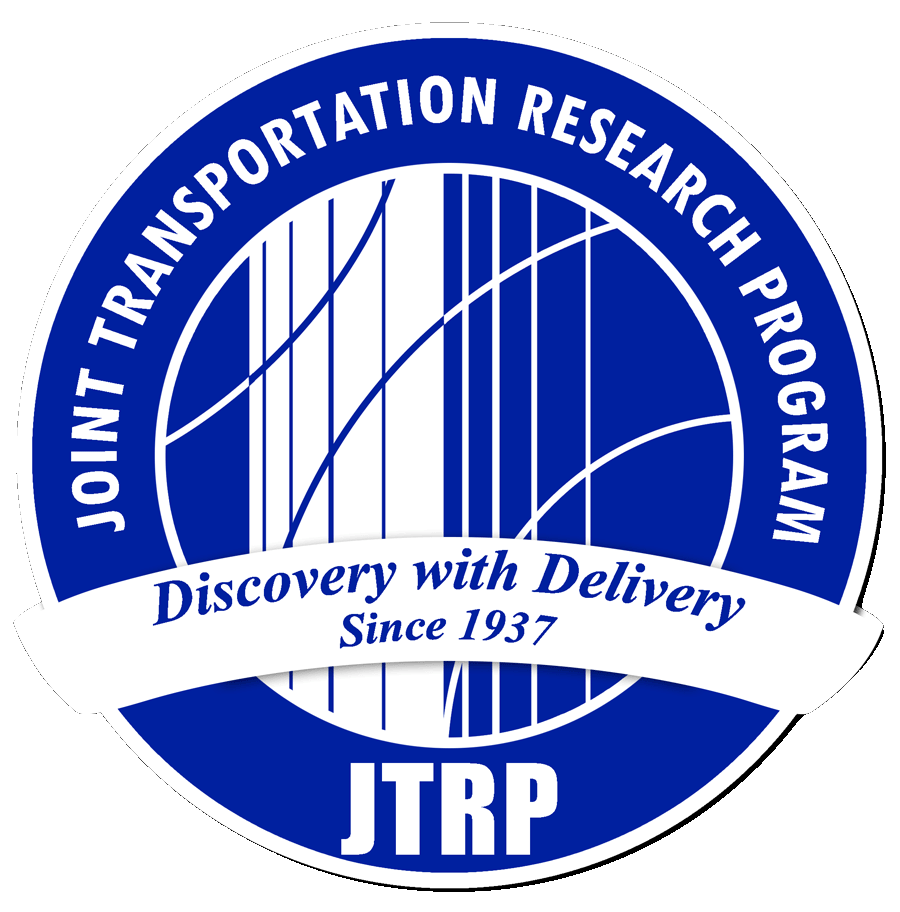Recommended Citation
Lyn, D. A., Dey, S., Saksena, S., & Merwade, V. (2018). Assessment of HY-8 and HEC-RAS bridge models for large-span water-encapsulating structures (Joint Transportation Research Program Publication No. FHWA/IN/JTRP-2018/14). West Lafayette, IN: Purdue University. https://doi.org/10.5703/1288284316781
DOI
10.5703/1288284316781
Abstract
Current INDOT policy requires that culvert-like structures with spans greater than 20 ft be treated for purposes of hydraulic analysis as a bridge, and hence mandates the use of software such as HEC-RAS for predicting the headwater, rather than the culvert-specific software, HY-8. In this context, culvert-like structures are assumed to have a standard inlet geometry (e.g., such as those already modeled in HY-8) and a constant barrel geometry. The present study examines the technical basis of this policy, and whether the policy could be revised to allow the application of simpler culvert-hydraulics analysis and HY-8 to culvert-like structures with spans greater than 20 ft. Laboratory experiments were performed with model box culverts of span 1.5 ft and two streamwise lengths, 2.1 ft and 8 ft, and performance curves describing the variation of headwater with discharge were obtained. The effects of bed roughness, the presence or absence of a cover (if present, the rise was 0.5 ft), and a range of tailwater levels, were investigated. The laboratory observations were compared with predictions by HY-8 and HEC-RAS models, and the model performance assessed. In general, HY-8 predictions were found to be as good as, and in some cases superior to, the HEC-RAS predictions, for both long and short culvert-like structures. This was attributed to the empirical information in HY-8 being more tailored to the specific standardized geometry of culvert-like structures, and the automatic inclusion of roughness effects, whereas HEC-RAS, at least when used with default coefficients and settings, relied on generic coefficients and neglected roughness effects. It was therefore recommended that a change in INDOT policy allowing large-span culvert-like structures to be analyzed using conventional culvert hydraulics would be technically justified for problems where the structure could be considered in isolation and accurate input data are available.
Report Number
FHWA/IN/JTRP-2018/14
Keywords
culvert hydraulics, bridge hydraulics, HY-8, HEC-RAS, large-span culverts
SPR Number
3815
Performing Organization
Joint Transportation Research Program
Sponsoring Organization
Indiana Department of Transportation
Publisher Place
West Lafayette, Indiana
Date of this Version
2018


